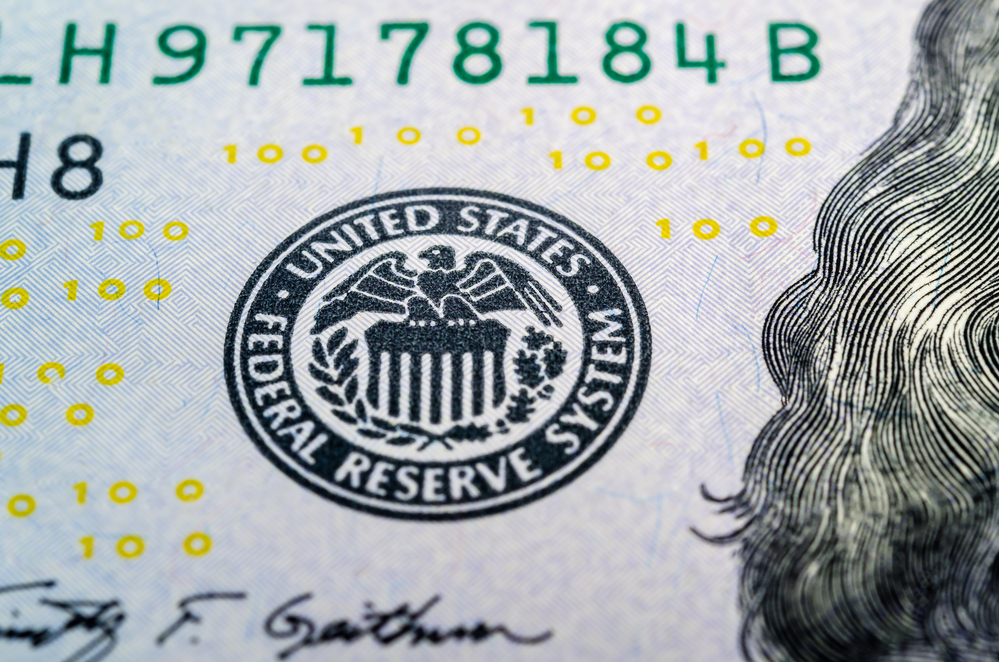
Monetary Policy & Inflation | US

Monetary Policy & Inflation | US
This article is only available to Macro Hive subscribers. Sign-up to receive world-class macro analysis with a daily curated newsletter, podcast, original content from award-winning researchers, cross market strategy, equity insights, trade ideas, crypto flow frameworks, academic paper summaries, explanation and analysis of market-moving events, community investor chat room, and more.
The Fed hiked 25bp at its policy meeting on Wednesday, in line with consensus and against my expectations of a pause. In addition:
I had expected no hike based on continued deposit flight from regional and smaller banks. Even though this data is not publicly available in real time, large fund raising over the past week or so by the FHLBs suggested substantial banks liquidity needs.
At the FOMC meeting, Chair Jerome Powell, who has access to real-time data on bank deposits, indicated that ‘deposit flows in the banking system have stabilized over the last week’. He stressed that ‘our banking system is sound and resilient with strong capital and liquidity’ and described the problems of Silicon Valley Bank (SVB) and Signature Bank as ‘isolated’. He further stressed that SVB problems were unique: ‘Silicon Valley Bank management failed badly’, and he said, ‘it’s clear we do need to strengthen supervision and regulation’.
During the presser, Powell repeatedly stressed that ‘depositors should assume that their deposits are safe’. While testifying in a Senate hearing, Treasury Secretary Janet Yellen said she had not considered ‘blanket insurance of guarantee of deposits’.
Yellen’s statement could reflect that a higher deposit guarantee would require Congressional approval, which may not be forthcoming without a much deeper crisis. Treasury Department staff have been investigating how to temporarily raise the limit without Congressional approval. Regional banks and Senator Warren, a progressive Democrat, have requested such an increase.
Based on Powell’s comments, Thursday’s Fed balance sheet should show only a limited increase in lending to banks limited to the New York and San Francisco Fed districts (Chart 1). Similarly, Thursday’s weekly data on MMF assets should show only a limited increase. Friday’s banks’ balance sheet data will give us direct evidence on banks’ deposit movements but is released with a week lag.

The statement stressed that ‘Inflation remained elevated’ and that ‘the Committee remained highly attentive to inflation risks’. It also indicated, however, that ‘the events in the banking system over the past two weeks were likely to result in tighter credit conditions for households and businesses, which would in turn affect economic outcomes’.
During the presser, Powell specified: ‘You can think of the tightening of credit conditions as being the equivalent of a rate hike, or perhaps more than that. Of course, it’s not possible to make that assessment today with any precision whatsoever’.
Powell also rebuffed rate cuts in 2023 as ‘not in our base case’.
Essentially, the Fed hopes for goldilocks banking volatility: not so hot it would force the Fed to cut rates but hot enough to reduce the need for Fed hikes. Fewer Fed hikes would also lower the risks of mark to market losses on banks bond holdings.
Following the FOMC meeting, the curve steepened: 10yr yields fell 18bp, 2yr yields 25 bps. The BBDXY index fell by 0.5%, and the SPX fell 1.5% led by regional banks, which were down 3.5% (the latter must have also reflected Yellen’s comments).
The market is now pricing a 50% chance of a 25bp hike in May and about 75bp of cuts between May and December.
The actual economic outlook is likely to be more binary than the Fed currently envisages. Historically, banking panics tend to be either full on or not happen at all. Well behaved panics that shave a few basis point from the central bank policy path are exceedingly rare. I can recall none.
So if the Fed cuts, it will be in response to a full panic and likely by much more than markets are pricing. By contrast, if the Fed hikes, it will likely hike by more than the 25bp it currently envisages. Absent a banking panic, the credit crunch is likely to be mild and short lived, since, to quote Powell, the banking system is ‘sound and resilient with strong capital and liquidity’. Yet the Fed could react more slowly to strong inflation data than before the SVB failure since it will want to ensure no credit crunch is crimping growth.
The 75bp cuts priced by markets could therefore reflect a roughly equal probability of a full banking crisis and of a good outcome.
I think the probability of the bad outcome is too high since, as Powell stressed, the banking system is largely well capitalized. I would therefore give less than a 10% probability to a full crisis but will update my views based on Fed, bank, and MMF data.
Spring sale - Prime Membership only £3 for 3 months! Get trade ideas and macro insights now
Your subscription has been successfully canceled.
Discount Applied - Your subscription has now updated with Coupon and from next payment Discount will be applied.